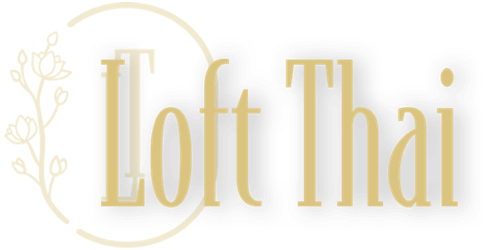
It is hardly surprising that technology is influencing wellbeing in today's fast-paced world as it has integrated into every aspect of our life. Modern technology are being incorporated into traditional spa treatments to improve and enrich them, giving rise to a new idea known as tech-infused spa bliss. This ground-breaking method creates a genuinely immersive and revitalizing spa experience by fusing the therapeutic power of traditional therapies with the practicality and efficacy of contemporary technology. This essay will examine the numerous ways that technology is changing the spa industry and the road to complete wellness and relaxation.
Electronic detox
Ironically, technology is becoming increasingly important in assisting people to step away from technology and find comfort in the here and now. Nowadays, a lot of spas provide digital detox programs to entice customers to temporarily put their gadgets away and spend time in a non-technological setting. Smartwatches detect stress levels and provide breathing exercises, while apps and devices are used to reduce screen time. With the help of these interventions, visitors can enjoy the advantages of a spa getaway without being distracted by technology, allowing them to concentrate on self-care and rejuvenation.
Escape from Virtual Reality
The utilization of virtual reality (VR) technology is one of the most intriguing new trends in tech-infused spa enjoyment. VR headsets take visitors to spas to beautiful landscapes and tranquil settings, promoting a profound sense of relaxation. Through the use of virtual reality, people can lose themselves in serene natural environments or participate in guided meditation sessions that feature beautiful images and calming soundtracks. This cutting-edge method of relaxation stimulates several senses, lulling users into a feeling of total peace and joy.
Tools for Smart Wellness
New generations of intelligent wellness technologies that improve the efficacy and customization of spa treatments have also been made possible by technological breakthroughs. Sensor-equipped massage chairs can modify their tactics in accordance with each user's preferences and body characteristics. By assessing skin issues and offering customized products and techniques, cutting-edge facial recognition technology offers individualized skincare treatments. Additionally, stress levels and heart rate variability can be tracked by biofeedback devices, enabling spa therapists to adjust treatments according to each client's needs. These sophisticated wellness instruments not only improve the spa experience but also deliver a better standard of tailored care, guaranteeing that each visitor experiences the greatest possible level of rest and renewal.
Robotics and artificial intelligence
The spa sector is changing thanks to artificial intelligence (AI) and robotics, which are providing cutting-edge therapies. AI-powered chatbots can help with appointment booking, individualized recommendation, and common questions. Robotic equipment that are equipped with different massage techniques may apply pressure and accuracy with consistency throughout treatments, relieving stress on spa therapists and ensuring that customers have a more consistent experience. These technology developments not only streamline processes, but also help to create a spa experience that is more effective and smooth.
Continuity and upcoming trends
Beyond improving the spa experience, technology is essential to the industry's push for sustainability. Spas are embracing eco-friendly techniques like recycling initiatives and energy-efficient lighting systems. A greener and more ecologically conscious spa environment is produced by the use of smart sensors and automated systems, which optimize energy use and reduce waste.
The potential for tech-infused spa enjoyment is bright in the future. Spas may be able to customize services based on current data thanks to advancements in biometric sensors, making for a more customized and efficient experience. The use of interactive visualizations and information during treatments using augmented reality (AR) technology can improve the overall calming and educational effects. Incorporating machine learning algorithms can also aid in forecasting and recommending personalized wellness strategies for individuals based on their preferences and previous information.
Tech-infused spa bliss, which combines the greatest aspects of traditional healing methods with the practicality and potency of contemporary technology, marks an exciting shift in the wellness sector. Technology is transforming the spa experience, offering people individualized treatment, greater relaxation, and improved well-being. Examples include digital detox programs, virtual reality retreats, smart wellness tools, AI-powered solutions, and sustainability initiatives. In order to ensure that the power of touch, individualized attention, and the connection between the therapist and the guest remain at the heart of the journey to ultimate spa bliss, it is crucial to strike a balance between technology and the fundamental human touch that defines the spa experience.

